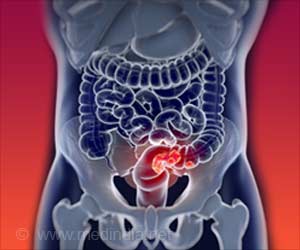The survival rate beyond two years for a patient with a glioblastoma is 30 percent, and most patients die within a year and a half of their diagnosis.

TOP INSIGHT
The survival rate in patients with a glioblastoma is very low, even if a surgeon removes most of the tumor, it's nearly impossible to get the invasive, cancerous tendrils that spread deeper into the brain.
The survival rate beyond two years for a patient with a glioblastoma is 30 percent because it is so difficult to treat. Even if a surgeon removes most of the tumor, it's nearly impossible to get the invasive, cancerous tendrils that spread deeper into the brain and inevitably the remnants grow back. Most patients die within a year and a half of their diagnosis.
Hingtgen and his team want to improve those statistics by developing a new personalized treatment for glioblastoma that starts with a patient's own skin cells, with the goal of getting rid of the cancerous tendrils, effectively killing the glioblastoma.
In their work, Hingtgen and his team reprogram skin cells known as fibroblasts - which produce collagen and connective tissue -- to become induced neural stem cells. Working with mice, Hingtgen's team showed that these neural stem cells have an innate ability to move throughout the brain and home in on and kill any remaining cancer cells. The team also showed that these stem cells could be engineered to produce a tumor-killing protein, adding another blow to the cancer.
Depending on the type of tumor, the Hingtgen's team increased survival time of the mice 160 to 220 percent. Next steps will focus on human stem cells and testing more effective anti-cancer drugs that can be loaded into the tumor-seeking neural stem cells.
Hingtgen's team is also currently improving the staying power of stem cells within the surgical cavity. They discovered that the stem cells needed a physical matrix to support and organize them, so they will hang around long enough to seek out the cancerous tendrils. "Without a structure like that, the stem cells wander off too quickly to do any good," said Hingtgen, who reported this result in a separate journal called Biomaterials.
Source-Eurekalert
 MEDINDIA
MEDINDIA




 Email
Email









